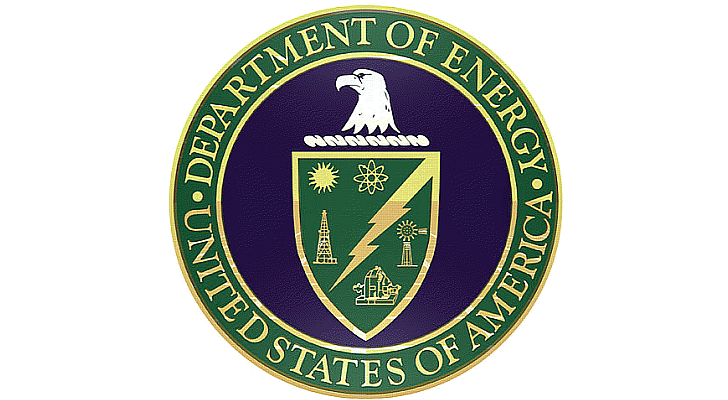Part 2 of 2 Parts (Please read Part 1 first)
Harilal said, “It's a question of scale. The lasers create the same fireball chemistry that happens in a nuclear explosion, so we can study the chemistry and how it reacts to different environmental conditions. It's small, but the light is good. We can collect it with no problem.”
The light generated by a plasma is easy to collect. However, the difference in wavelengths of light emitted by specific molecules and atoms can be difficult to decipher. Uranium is highly reactive with oxygen. Explosive fireballs contain many different combinations of uranium oxides. These combinations can extend from a single uranium atom and a single oxygen to multiple uranium atoms bonded to as many as eight oxygen atoms.
While simple collections of light are easy to analyze with spectroscopy, multiple uranium species can be difficult to analyze. (Chemical species are atoms, molecules, molecular fragments, ions, etc., being subjected to a chemical process or to a measurement.) These uranium species emit light in a tight color spectrum with very small differences in wavelengths. The wavelengths connected to specific uranium oxide transitions are just beginning to be comprehensively catalogued.
The PNNL team focused on the tight spectrum of uranium wavelength through the use of narrow-band filters that had been previously developed. Their narrow-band filters work by isolating the light emitted at specific wavelengths. Only the wavelengths associated with specific species of uranium are collected and analyzed.
One PNNL filter only measured atomic uranium while another filter measured uranium oxide in the plasma during laser pulses. The team then slowly increased the oxygen in the plasma and tracked the light emitted from the plasma as the chemistry changed along with the change in oxygen.
Precisely timed images called fast-gated images were taken of the plasma. Harilal and his PNNL team observed how uranium monoxide and uranium atoms moved through the plasma by time and locations. This enabled the team to observe how and where the species were formed as well as how they persisted as the plasma plume expanded and dissipated.
The PNNL team discovered that uranium oxides are formed further away from the target where the lower temperatures favor molecular recombination. Uranium oxides also form at later times in the lifetime of the plasma. It turns out that when more oxygen is present, the plasmas do not last as long.
In order to accurately model explosive events, the progression from uranium atoms to uranium monoxide to high uranium oxides must be well understood. Precise and experimentally validated models mean that it will be possible to carry out more effective nuclear nonproliferation monitoring and achieve better overall understanding of uranium chemistry.
In new laser-based techniques developed at PNNL are helping researchers better understand uranium chemistry. In addition, those techniques are also being utilized to work in-field at remote proliferation monitoring sites as well. Laser ablation (as the PNNL technique is called) coupled with optical emission spectroscopy measures light emitted from a plasma so data can be collected from a safe, standoff distance that requires no sample handling. This technique has profound implications for nuclear forensics and safeguards monitoring.
